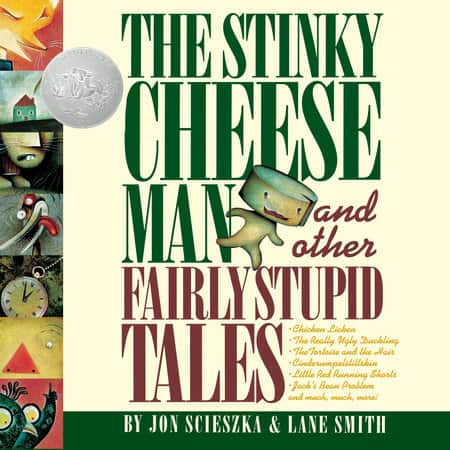-
Up and Up by Shirley Hughes Analysis
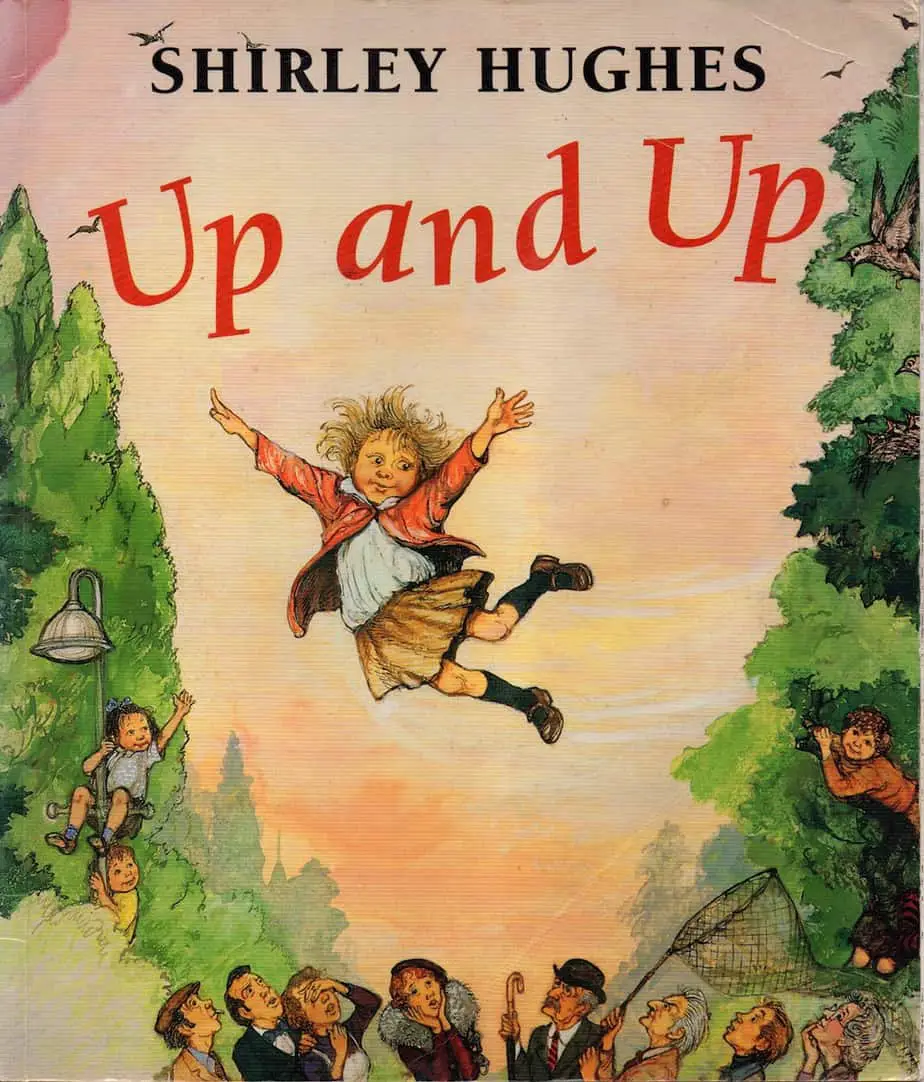
This month I wrote a post on Teaching Kids How To Structure A Story. Today I continue with a selection of mentor texts to help kids see how it works. Let’s look closely at another wordless picture book, this time by Shirley Hughes: Up and Up, from 1979. STORY STRUCTURE OF UP AND UP Up and Up […]
-
Goldilocks and The Three Bears Fairy Tale Analysis
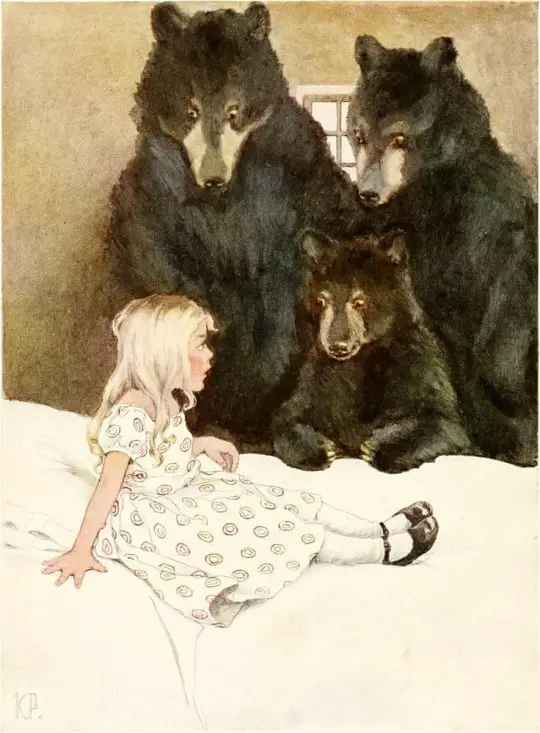
This month I wrote a post on Teaching Kids How To Structure A Story. Today I continue with a selection of mentor texts to help kids see how it works. Let’s look closely at a classic fairytale, Goldilocks and the Three Bears. Years later, at Goldilocks’ house. pic.twitter.com/PEa3WhhYZm — Dick King-Smith HQ (@DickKingSmith) July 19, 2020 snow white broke […]
-
Bye Bye Baby by Janet and Allan Ahlberg Analysis
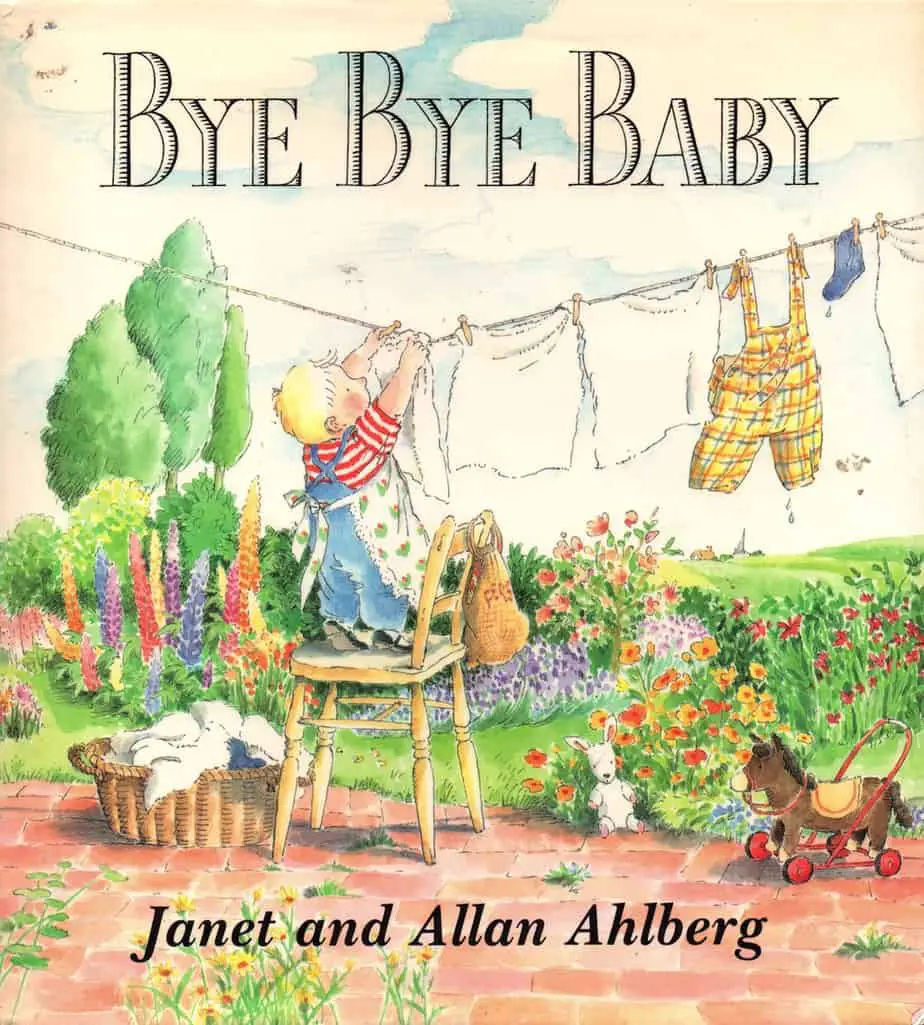
This month I wrote a post on Teaching Kids How To Structure A Story. Today I continue with a selection of mentor texts to help kids see how it works. Let’s look closely at a picture book called Bye Bye Baby by husband and wife team Janet and Allan Ahlberg. I’ve chosen Bye Bye Baby to contrast […]
-
Piper by Emma Chichester Clark Analysis
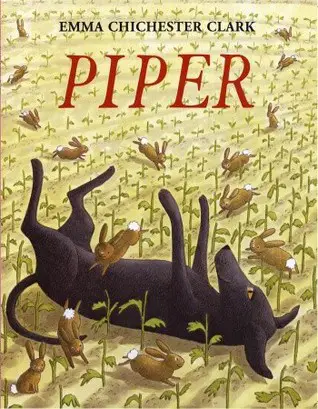
This month I wrote a post on Teaching Kids How To Structure A Story. Today I continue with a selection of mentor texts to help kids see how it works. Let’s look closely at a picture book called Piper by Emma Chichester Clark. Piper is a bit of a maudlin tale, and Piper the dog is similar […]
-
Frog Went A Courtin by John Langstaff Analysis
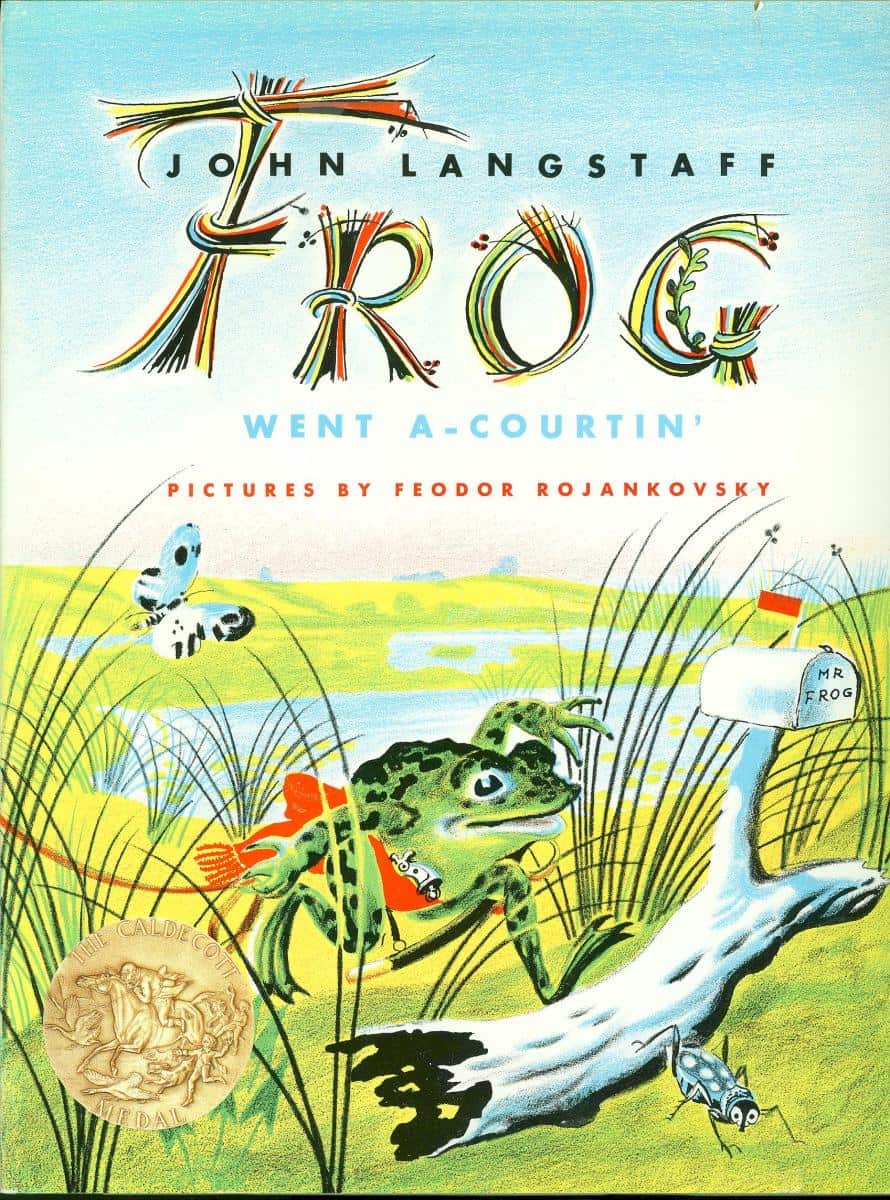
This month I wrote a post on Teaching Kids How To Structure A Story. Today I continue with a selection of mentor texts to help kids see how it works. Let’s look closely at Frog Went A-Courtin, a Scottish folk song from the 1500s, which was turned into an iconic picture book for children written by John […]
-
Father Christmas by Raymond Briggs Analysis
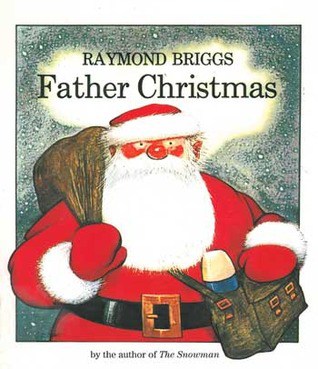
Some say that the very first British graphic novel was True Love (1981) by Posy Simmonds. Others would say it was Father Christmas by Raymond Briggs. This month I wrote a post on Teaching Kids How To Structure A Story. Earlier in the month I looked at a wordless picture book, The Snowman by Raymond Briggs. […]
-
Outside Over There by Maurice Sendak
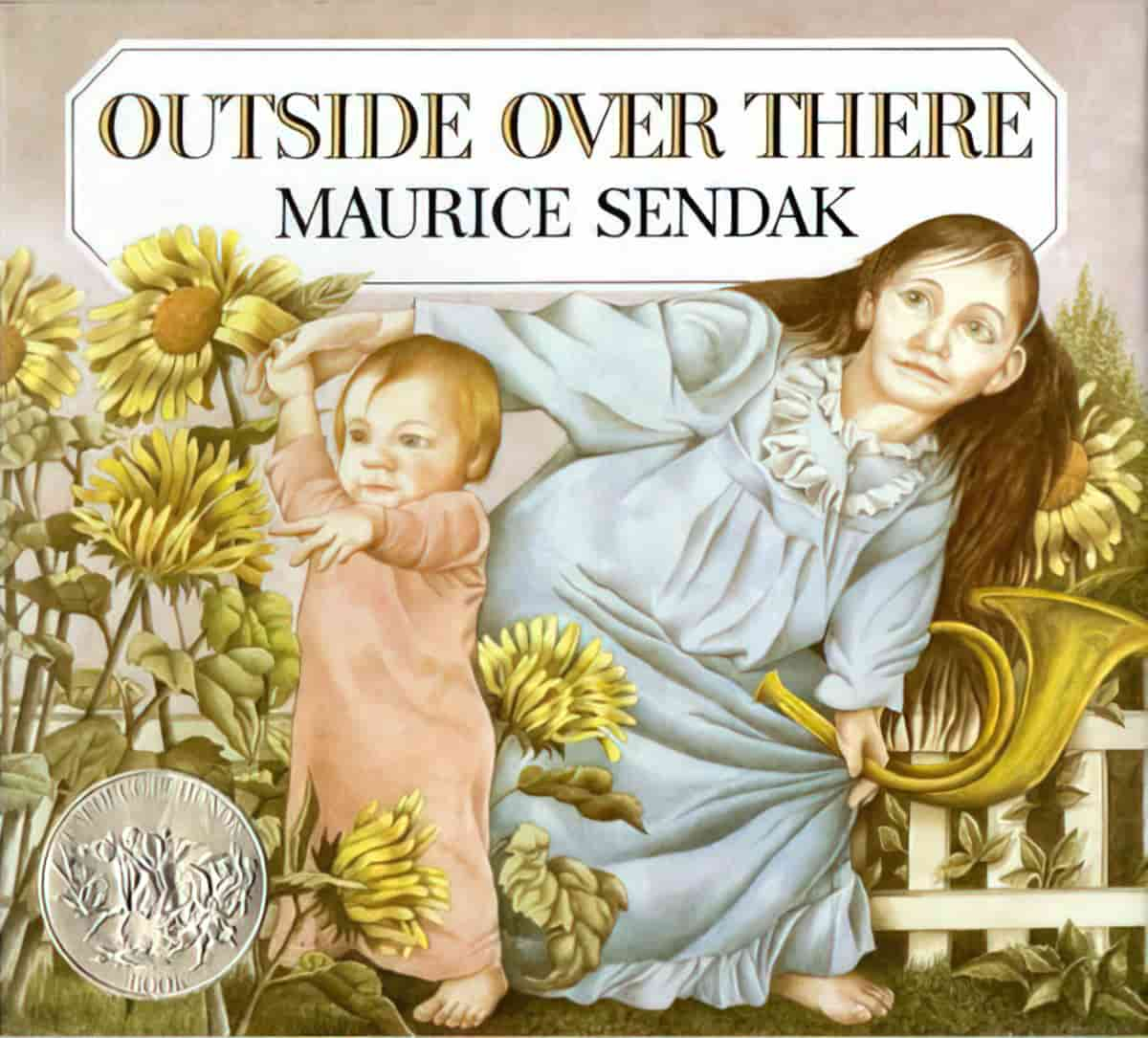
This month I wrote a post on Teaching Kids How To Structure A Story. Today I continue with a selection of mentor texts to help kids see how it works. Today I look closely at a picture book classic by iconic American author/illustrator, Maurice Sendak. Outside Over There is a mythic journey of the imagination, with emphasis on atmosphere and emotion.…
-
Diary of a Wombat by Jackie French and Bruce Whatley Analysis
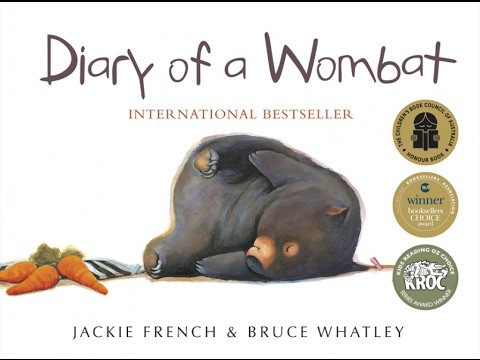
This month I wrote a post on Teaching Kids How To Structure A Story. Today I continue with a selection of mentor texts to help kids see how it works. Yesterday I analysed the structure of an Australian bush ballad. Today I stay in Australia, with the modern picture book classic Diary of a Wombat […]
-
Waltzing Matilda by Banjo Paterson
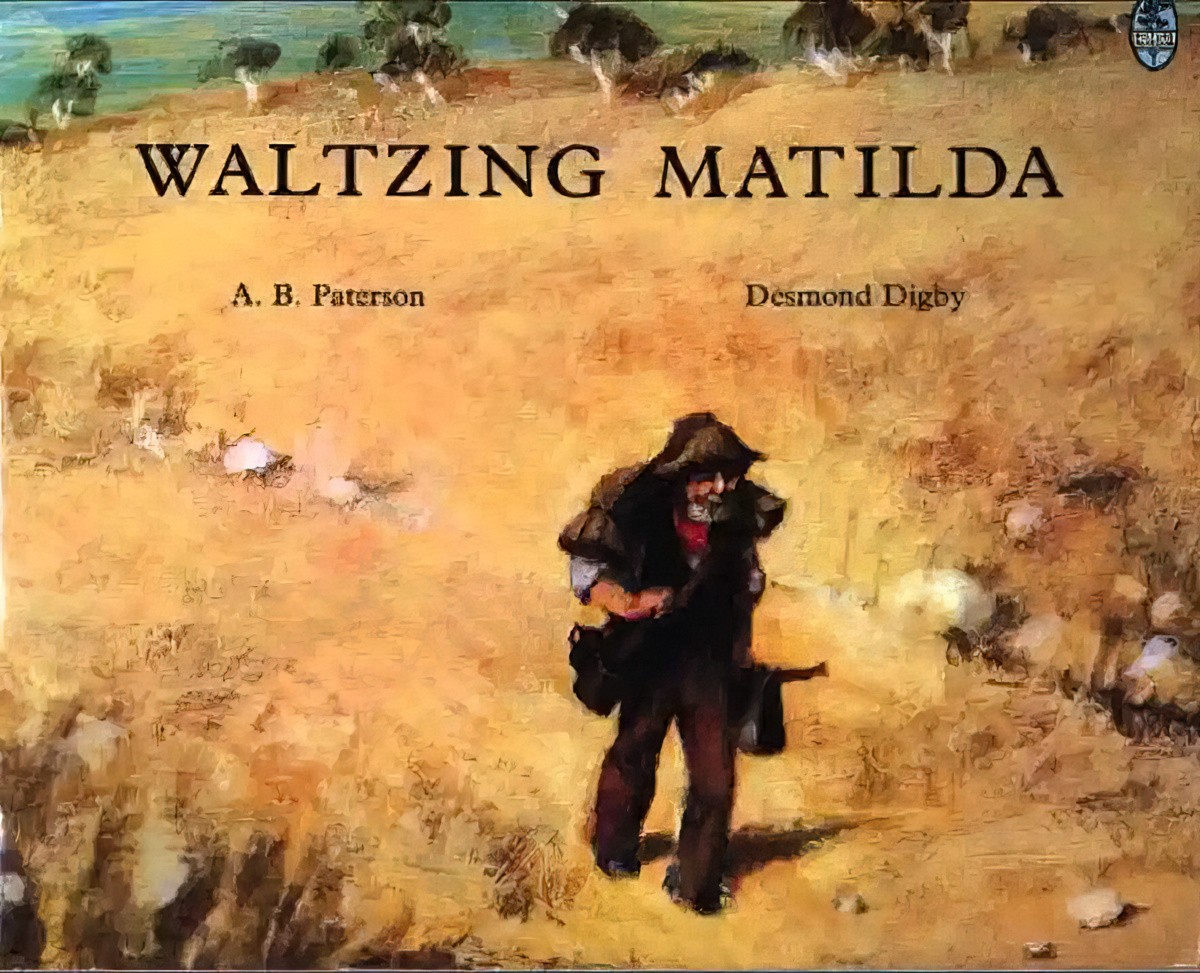
Today I analyse a song using the same story template, which happens to be Australia’s unofficial national anthem. I own “Waltzing Matilda” in picture book form, though it always scared me as a kid. Although the tune is upbeat, inspired indirectly by Celtic folk music, “Waltzing Matilda” is a tragic ghost story about theft, suicide and power.
-
The Chicken Book by Garth Williams Analysis
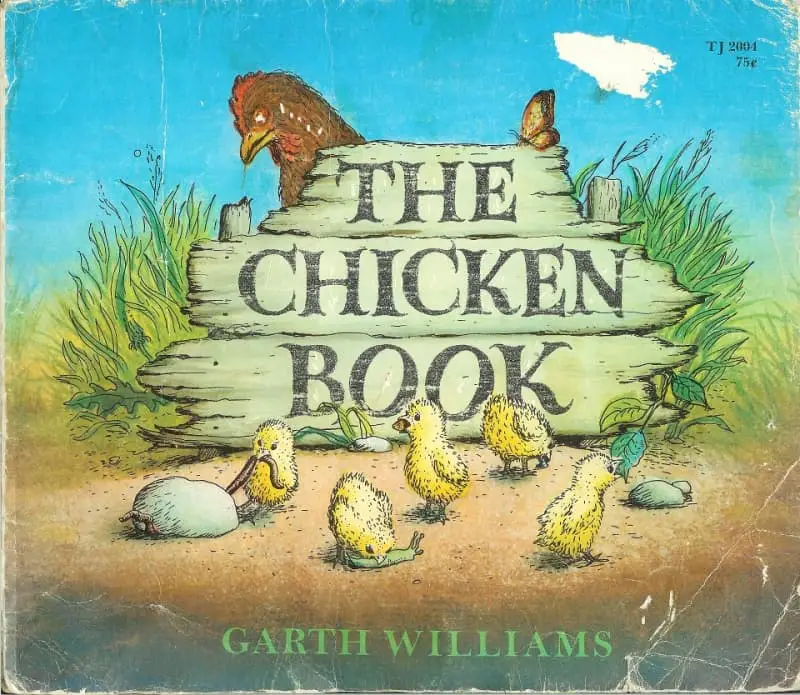
This month I’m blogging a series aimed at teaching kids how to structure a story. This seven-step structure works for all forms of narrative. It works for picture books, songs, commercials, films and novels. Today I take a close look at a story so simple you’d wonder how it could include all seven steps. Yet it […]
-
After The Fall by Dan Santat Story Analysis
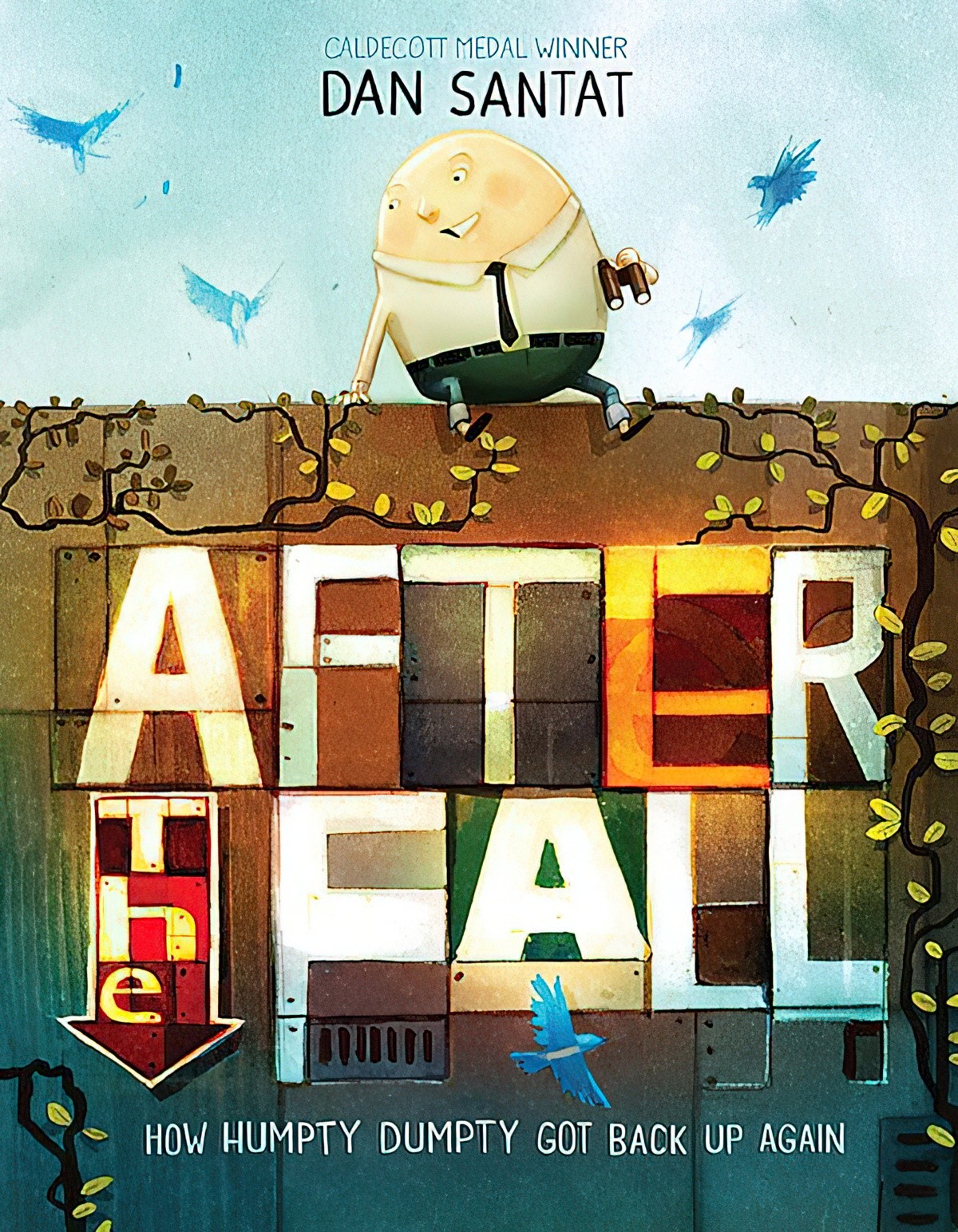
Earlier this month I wrote a post on Teaching Kids How To Structure A Story. Today as case study let’s look at Dan Santat’s After The Fall, a metaphorical picture book with a very simple storyline and a strong message. Still, this isn’t a didactic (preachy) message. Why not? Because it’s metaphorical. If you have a […]
-
We Found A Hat by Jon Klassen Analysis
Earlier this month I wrote a post on Teaching Kids How To Structure A Story. Yesterday I looked closely at Mac Barnett and Jon Klassen’s Sam and Dave Dig A Hole. Today’s picture book is We Found A Hat, which is similar to Sam and Dave Dig A Hole. In both stories, a dream sequence flings […]
-
Sam and Dave Dig a Hole Picture Book Study Analysis
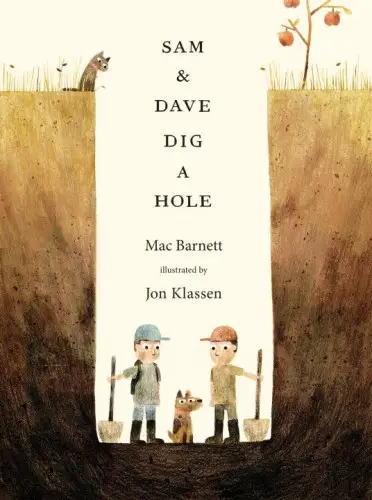
Earlier this month I wrote a post on Teaching Kids How To Structure A Story. Mac Barnett and Jon Klassen’s Sam and Dave Dig A Hole is useful as mentor text because it appears at first glance to break all the rules. This story does follow the rules of storytelling, but in an ironic way. Jon […]
-
Green Eggs and Ham by Dr Seuss Analysis
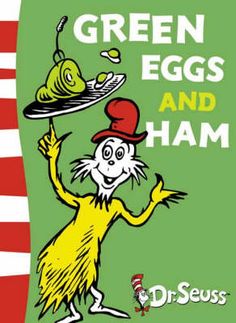
This month I’m blogging a series aimed at teaching kids how to structure a story. This seven-step structure works for all forms of narrative. It works for picture books, songs, commercials, films and novels. Today I take a close look at another Dr Seuss early reader, Green Eggs and Ham. Green Eggs and Ham is buddy […]
